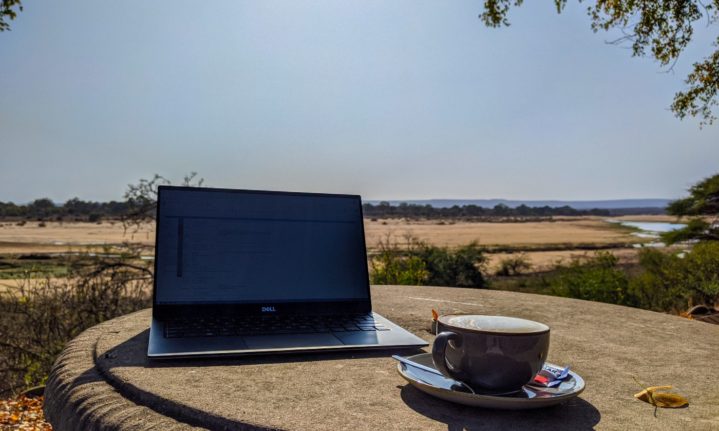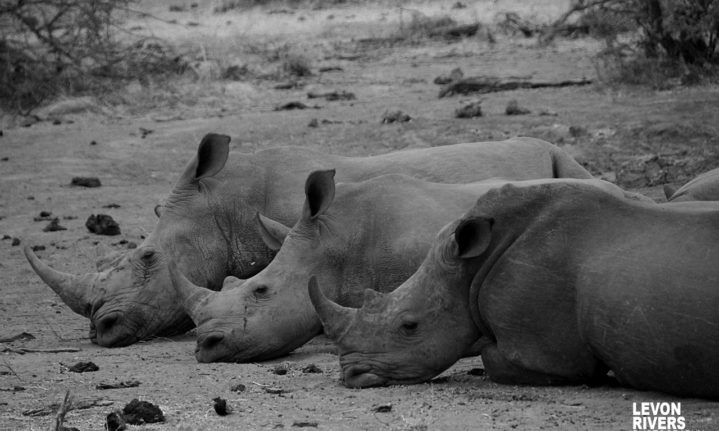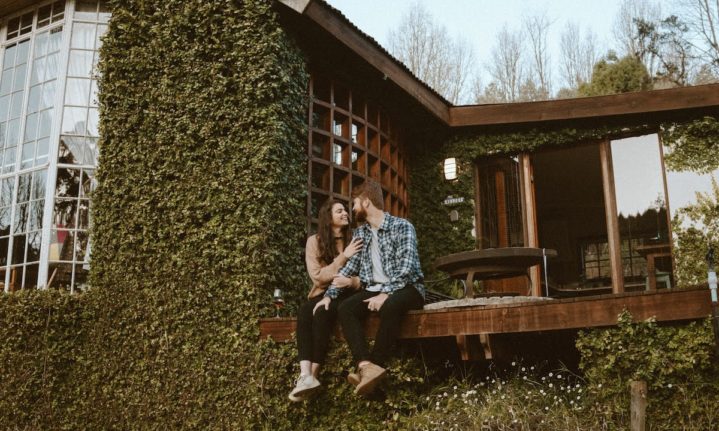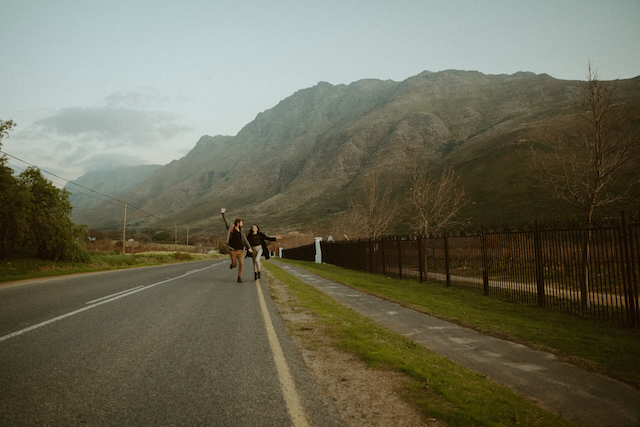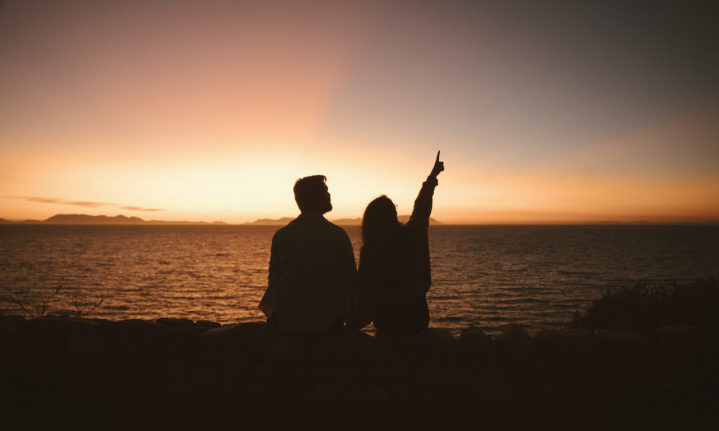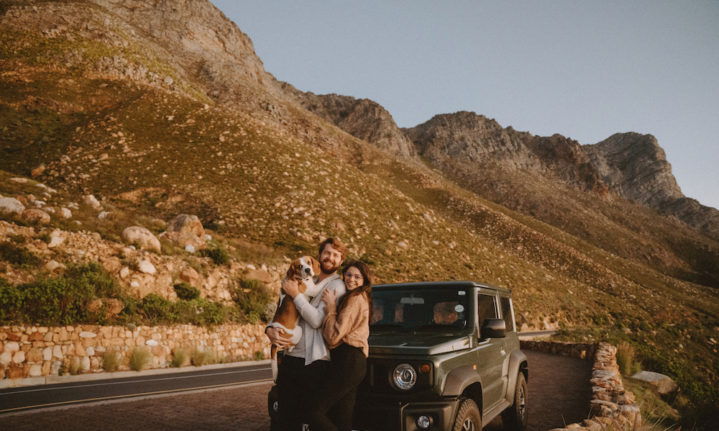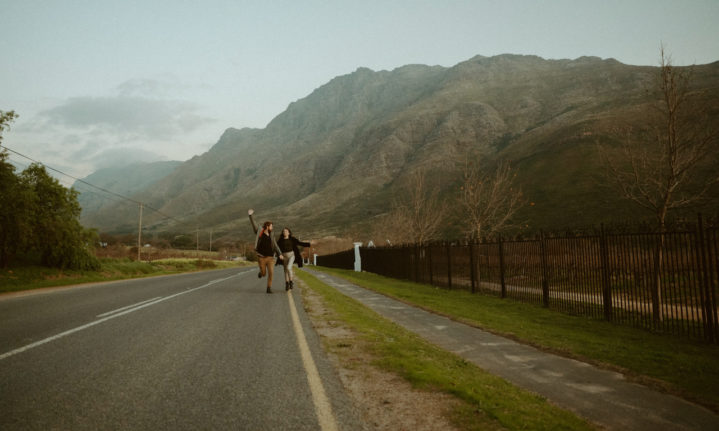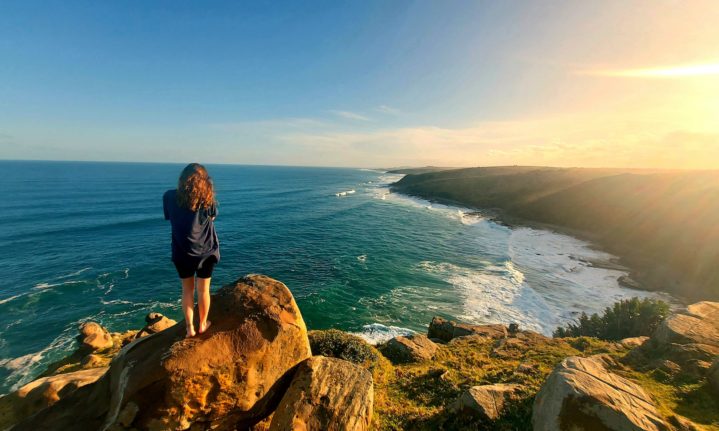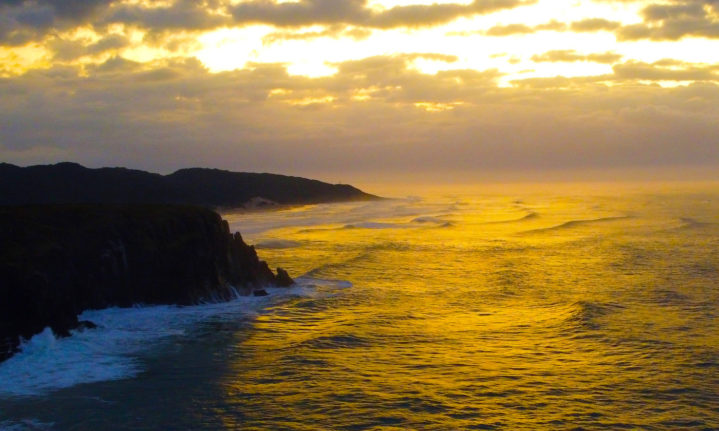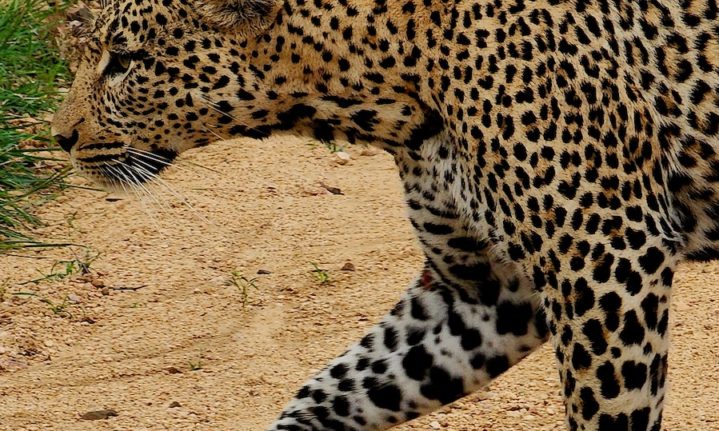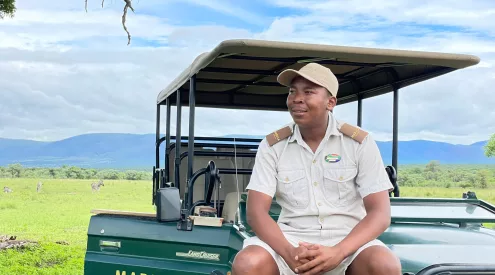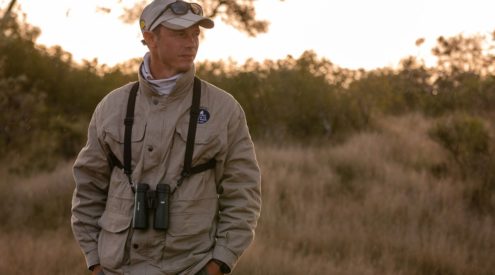The end of 2020 saw the rise of the digital nomad.
COVID had kept most of us locked indoors for the majority of the year, and people were tired of staring at the same 4 walls every day. If they could work from home, then they could work from anywhere. Many people decided to hunt for beautiful views and good internet, slowly discovering more of their own country, or the world, while still getting their work done.
South Africa is seeing the same phenomenon growing on our own shores. These slow travellers have the added challenge of poor service networks and loadshedding, and have to come up with inventive ways of getting their work done while on the road.
We decided to reach out and hear some of the stories of digital nomads and slow travellers in our country.
Levon Rivers
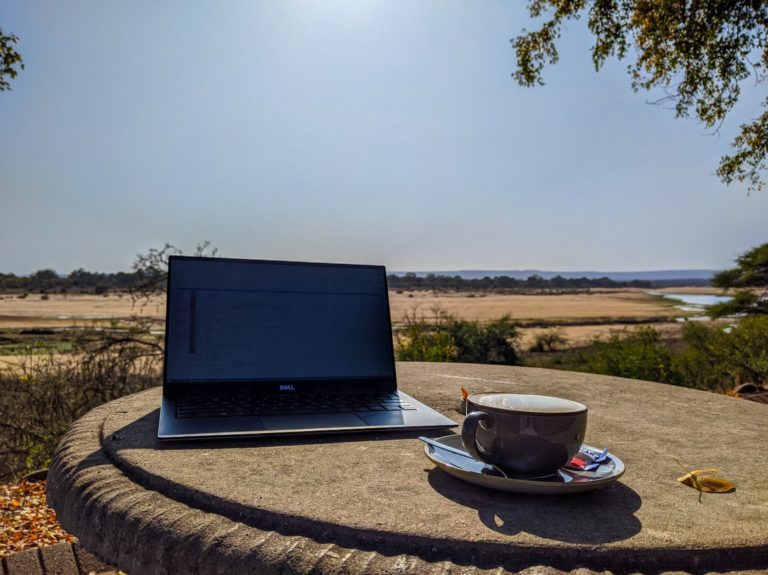
Picture: Levon Rivers
Levon had a passion for travel and a curiosity about this digital nomad movement that was picking up. Nearing the end of 2020, he packed a rooftop tent, his laptop, and his multiport USB charger (which he swears by). However, this brave soul decided he wasn’t just going to do remote work, he was going test the limits of remote work. He moved through the Kruger National Park and Magoebaskloof, setting up his office wherever the best view was, and of course the best WiFi signal.
As you will hear with most digital nomads in South Africa, signal was his biggest challenge. He made use of a portable Afrihost Router, but would sometimes lose signal in the middle of a meeting. He suggests having two service providers, so you always have a backup. His other really useful suggestion is his multiport USB charger to ensure all devices are able to charge quickly, and all before loadshedding.
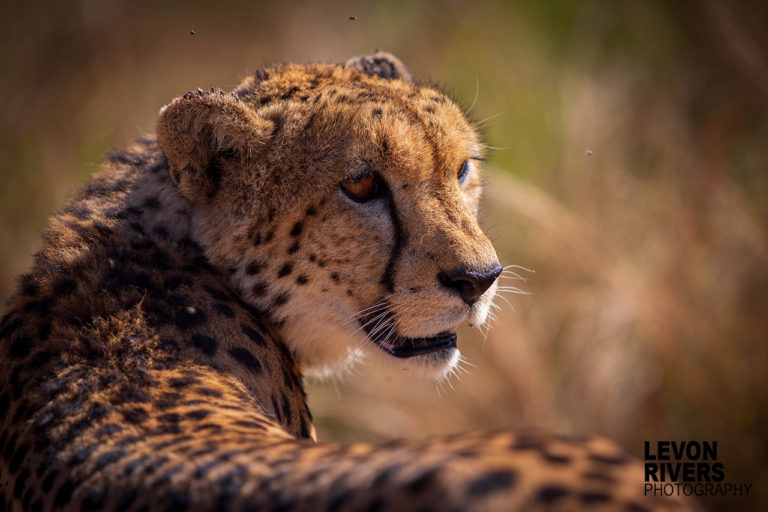
Picture: Levon Rivers
The magic experiences of slow travel outweigh the cons, as many slow travellers in South Africa will tell you. Although it was a tough choice for Levon, as there were so many, his favourite experience was on a rainy day in Punda Maria camp in Kruger. He was getting work done when a herd of elephants walked right past him on their way to the watering hole.
Along with being a remote consultant, Levon is an extremely talented photographer. You can check out more of his Kruger (and other) pictures here.
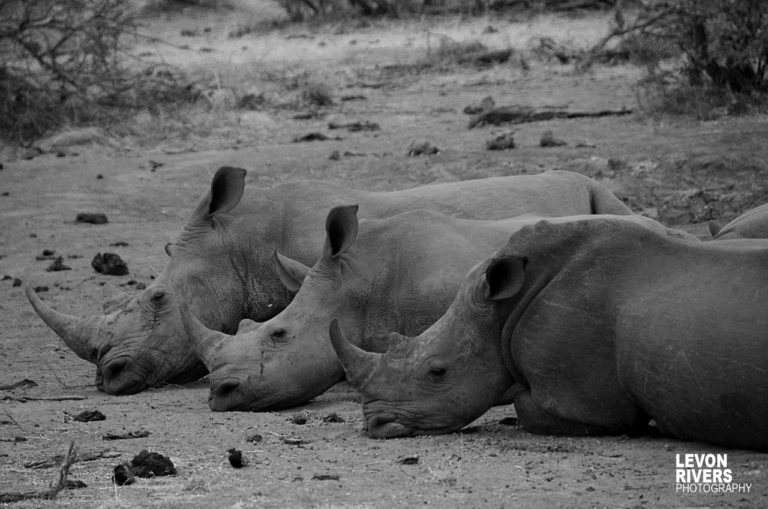
Picture: Levon Rivers
Travelingwildandfree
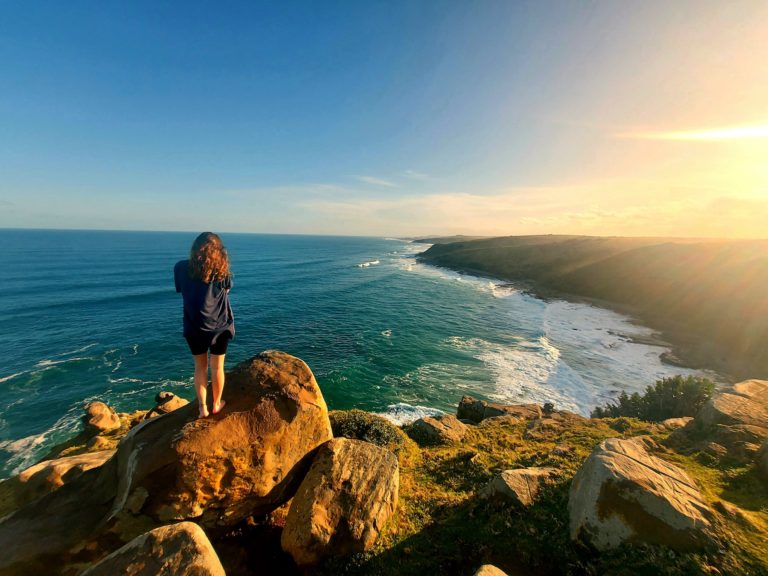
Picture: travelingwildandfree
Chantel and Warrick, otherwise known as travelingwildandfree to their Instagram followers, grew up on KZN’s South Coast. Spurred on by travel vlogs and their mutual love for adventure, they decided to, in Chantel’s words, ‘Nike and just do it.’ They initially planned to travel with tents, but after heeding the sage advice of their parents, they got their hands on an old caravan. As a remote worker, all Warrick needed to do was switch out his desktop for a laptop and he was good to go. It was trickier for Chantel as she had to make the tough choice of resigning from her stable job, but if you follow along with their journey, you’ll realise it was worth it.
For them, their number one requirement is a caravan park with good signal. They use three different service providers that they switch between depending on which one has the strongest signal. After a few 17-hour stints with dead laptops and defrosted food, they also strongly advise that you do your research on a caravan park’s water and electricity conditions.
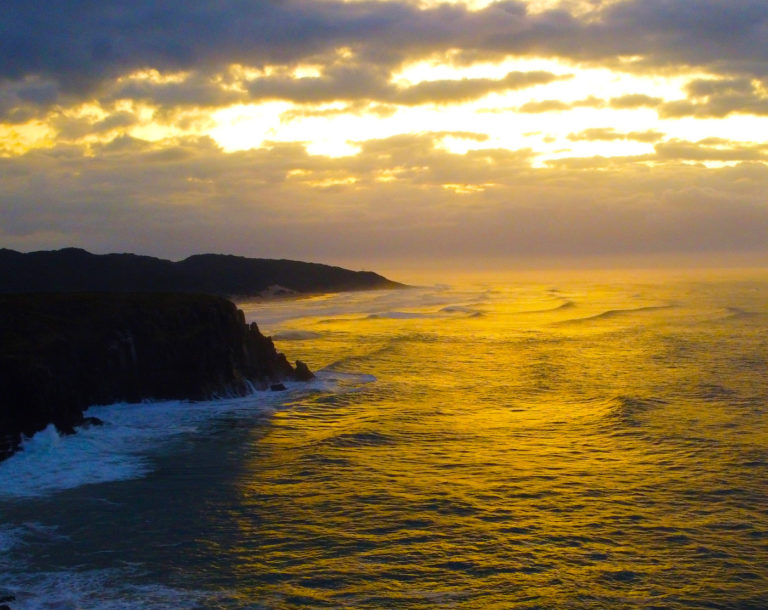
Picture: travelingwildandfree
As most slow travellers in South Africa will tell you, despite the inconveniences, the beauty of the country keeps them going. Long stays are cost-effective, and mean they get to know the locals and learn about the hidden gems in each area they visit. Chantel absolutely loved the feeling that came from standing on top of the Morgan Bay Cliffs, while Warrick’s favourite view is of the estuary from the West Coast National Park. However, their current month-long stay in the Kruger National Park is bound to hold a few golden moments, which you can keep an eye out for at travelingwildandfree.
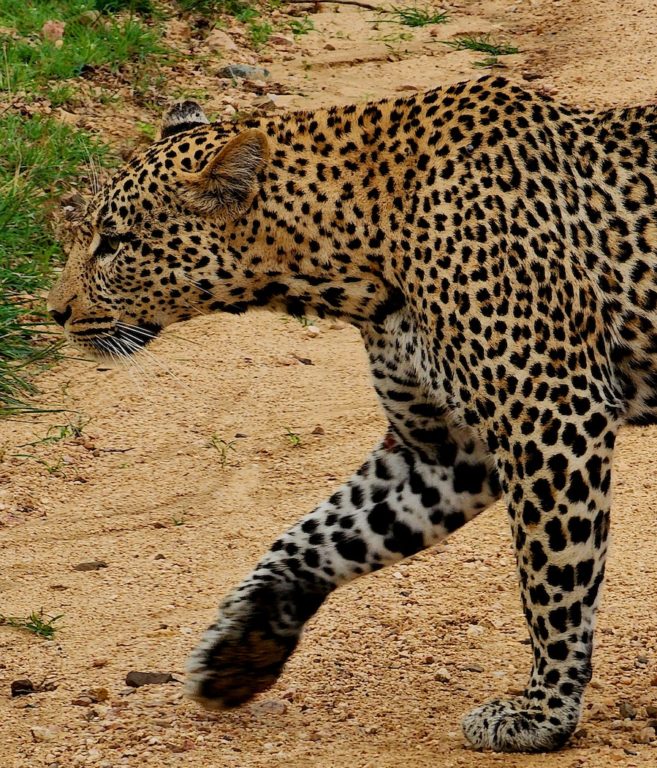
Picture: travelingwildandfree
Loveyletsgo
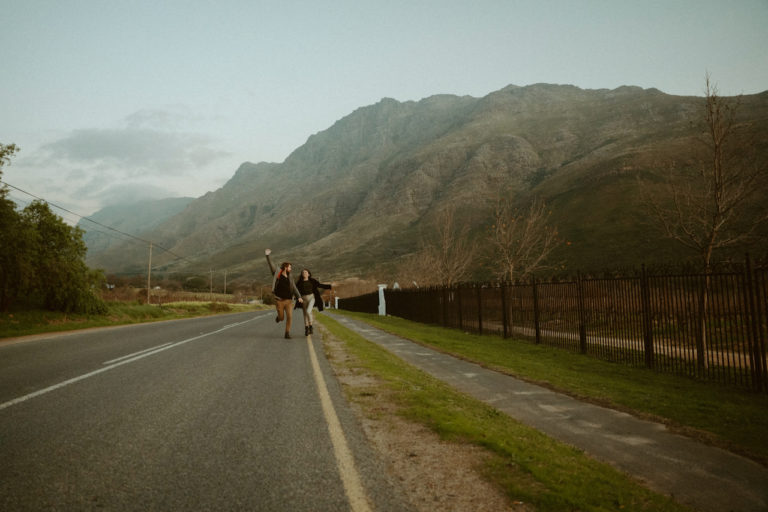
Picture: Cam and Sally De Wet
One professional photographer and one professional videographer teamed up to create Loveyletsgo. It also turns out that they were married and travelling so much for work that, after getting Bruce their Jimny, they thought ‘why not.’ For Sally and Cam, it made more sense to travel full-time than stay put, as their job took them all over the country. They say the decision was so impulsive that the only planning they did was moving all their furniture into storage.
Their work requires a fast internet connection to upload large files, so WiFi was the biggest obstacle they faced. In times of loadshedding or poor WiFi, they would buy 1-day data bundles on their phones, which they admit isn’t the best financial option. Another big challenge for them was petrol prices, as they sometimes needed to travel far distances to get to their next gig. They advise that proper planning is essential to making slow travel a success. It can also be mentally tiring constantly adjusting to new spaces, and planning ahead regarding where you’re going to live, but they pride themselves on the fact that they never slept in their car.
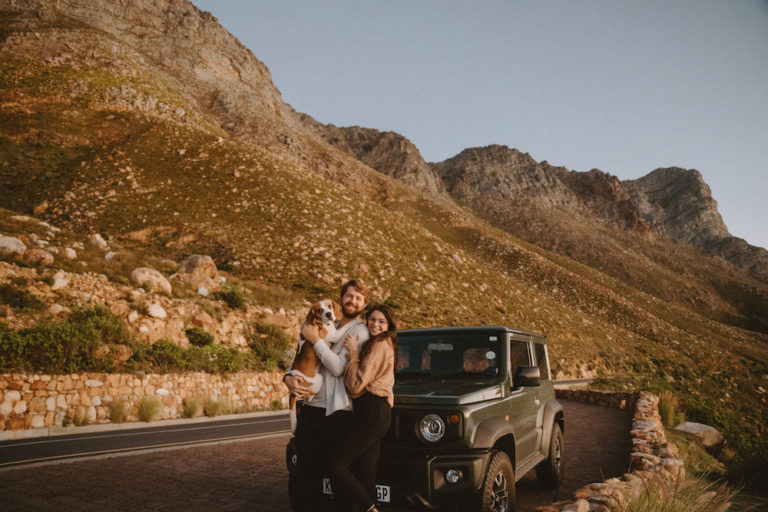
Picture: Cam and Sally De Wet
Although they have had to stop their full-time travels for the time being, they cannot recommend it enough. ‘With full-time travel, [they] experienced that freedom that you always dream of as a child,’ because they could explore places slowly, stop on the side of the road to take in the beautiful view, and even stay at their grandparents’ place for a whole week because they had nowhere else to be. They formed a deeper connection with each other, and they got to take their adorable beagle Riley along with them. Their favourite moment was introducing Riley to the ocean for the first time and watching him attempt to drink seawater.
Sally and Cam still travel a lot for work, so you can see what they’re getting up to on Lovelyletsgo.
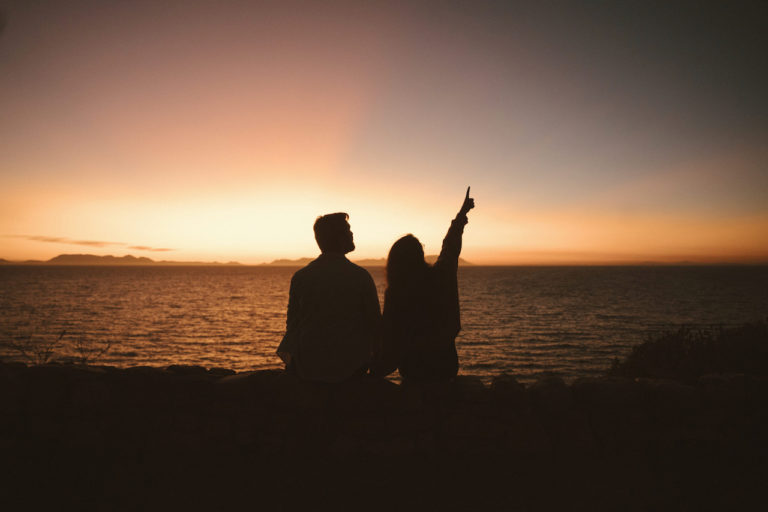
Picture: Cam and Sally De Wet
Follow us on social media for more travel news, inspiration, and guides. You can also tag us to be featured.
TikTok | Instagram | Facebook | Twitter
ALSO READ: The best eateries for a Cape Town foodie









